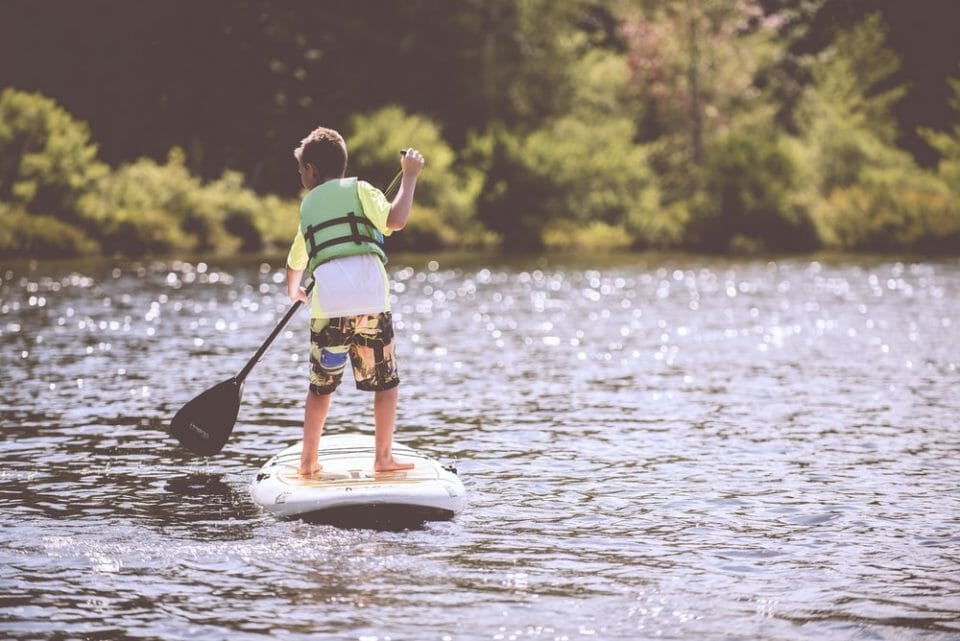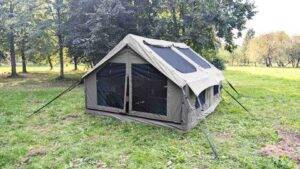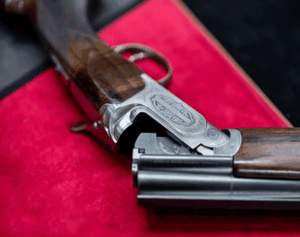

Stand Up Paddleboarding (or SUP) has increased in popularity at many vacation spots around the world. If you’ve never tried this fun sport, then you might underestimate the technique required to actually pull it off.
It really isn’t as easy as it looks. It requires balance, core strength, and really focus. That being said, it’s definitely not impossible. To help all beginner SUP’s we’ve compiled the ultimate guide to get you up and standing on that board in no time.
HANDLING THE BOARD
First, you need to know how to handle the actual board and paddle before even entering the water. Always wear your leash around your ankle. This will ensure that your board doesn’t drift away from you in the water.
Lift the board up on the one side, so it’s standing horizontally on its side. There’s a little carry handle in the middle, through which you can put your fingers to carry it into the water. Hold the paddle in your other hand as you enter.
Make sure that you are at least knee height into the water before putting it down. Not deeper than that, as you’ll struggle to get on. This will ensure that the fin doesn’t drag on the sand. It’s at this point that you will put the paddle across the board.
Check out the different parts of a paddleboard here: https://www.liveabout.com/parts-of-a-standup-paddleboard-sup-2555693
PADDLE HANDLING
The paddle’s blade should be angled forward in order to lift. This might seem a bit unnatural, but it’s the way you’ll get yourself moving forward as well.
Hold the paddle with both hands a little more than shoulder length apart. If you want to move in a straight line forward, you should hold it vertical while pulling back close to the board. If you want to turn left or right, you should make strokes further away from the board in a diagonal line.
Don’t pull the paddle blade through the water from the middle of the platform to the back. Ideally, you should stroke almost directly next to the paddleboard, starting at the front and moving to where your feet are. Remember to put the entire blade into the water and not only the tip.
The paddle does not only guide you through the water, but it can also provide stability. Keep it in the water to help you balance. Watch this video on how to handle a paddle correctly.
GET ON
Get on the surface by putting your knees shoulder length apart over the handle. The handle is placed in the center of the surface and is therefore a great indication of where the middle is.
Make sure that your weight is evenly distributed on the board as you stand on all fours. Hands holding the paddle bar at the top of the board, your knees over the handle, and your feet at the back of the board.
Hold onto the paddle as you stand up on your knees. While you are standing on your knees you can focus on finding your balance first as you drift on the water. Now you can take a few strokes with the paddle on either side of the board to move further into the water.
STANDING UP
After doing a few strokes, go back to standing on all fours with your hands resting on the paddle. Push yourself off of the platform by lifting your knees slowly. It’s during this movement that you might lose your balance. When your legs start shaking, go back into your all-fours position, and compose yourself.
Once you’ve found your balance try standing up again. When you are standing straight up you should look forward and not down at the water. Straighten your back and put the paddle in the water.
SAFETY
Be cautious when you do this sport, especially in the ocean. Be aware of any rocks and shallow reefs, as well as strong winds that might knock you over. Keep a safe distance from the shore and lifeguards.
You won’t be a master paddleboarder within the first few minutes. Practice makes perfect. One thing is for sure, no matter if you’re a pro or beginner, paddleboarding is a whole lot of fun.







